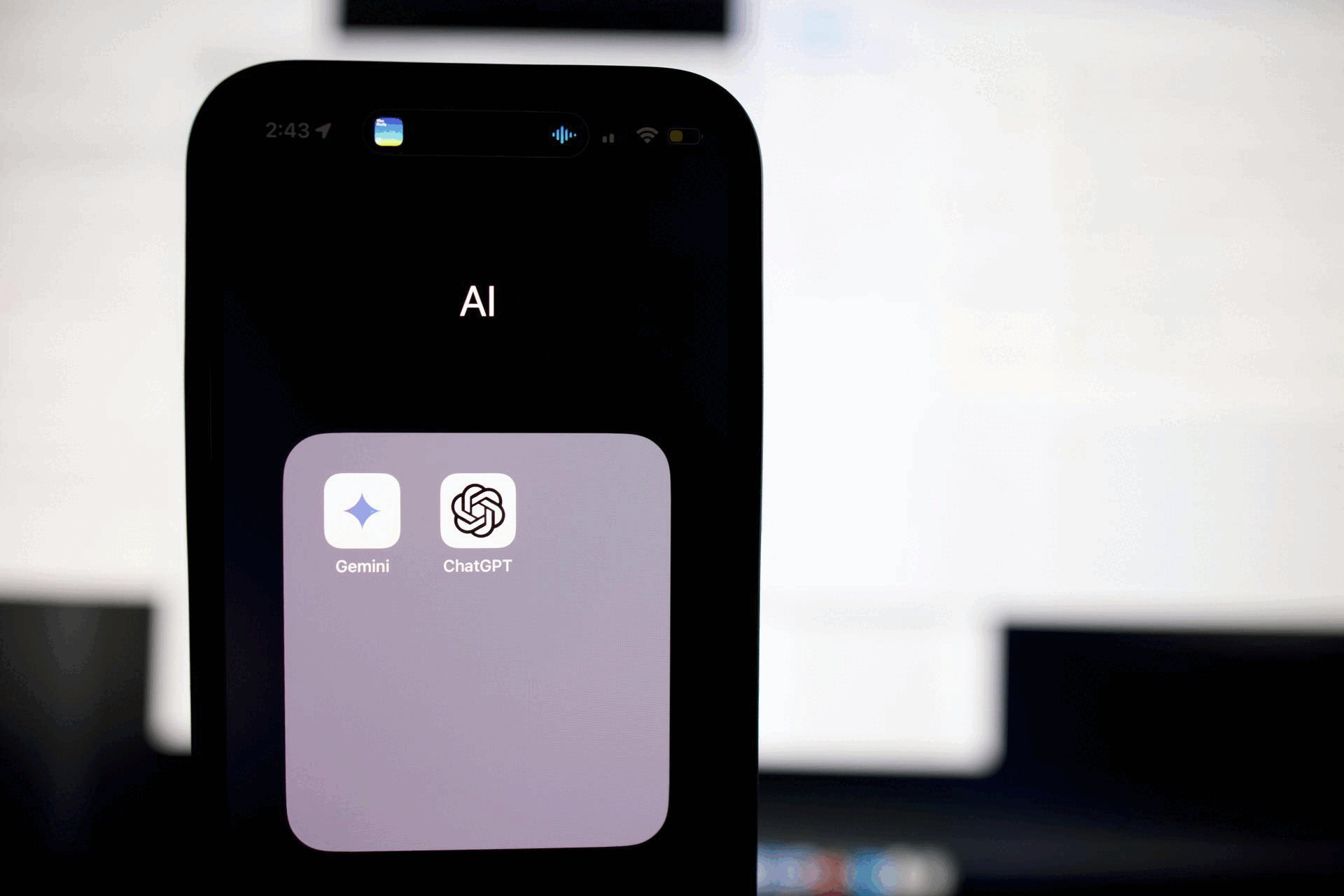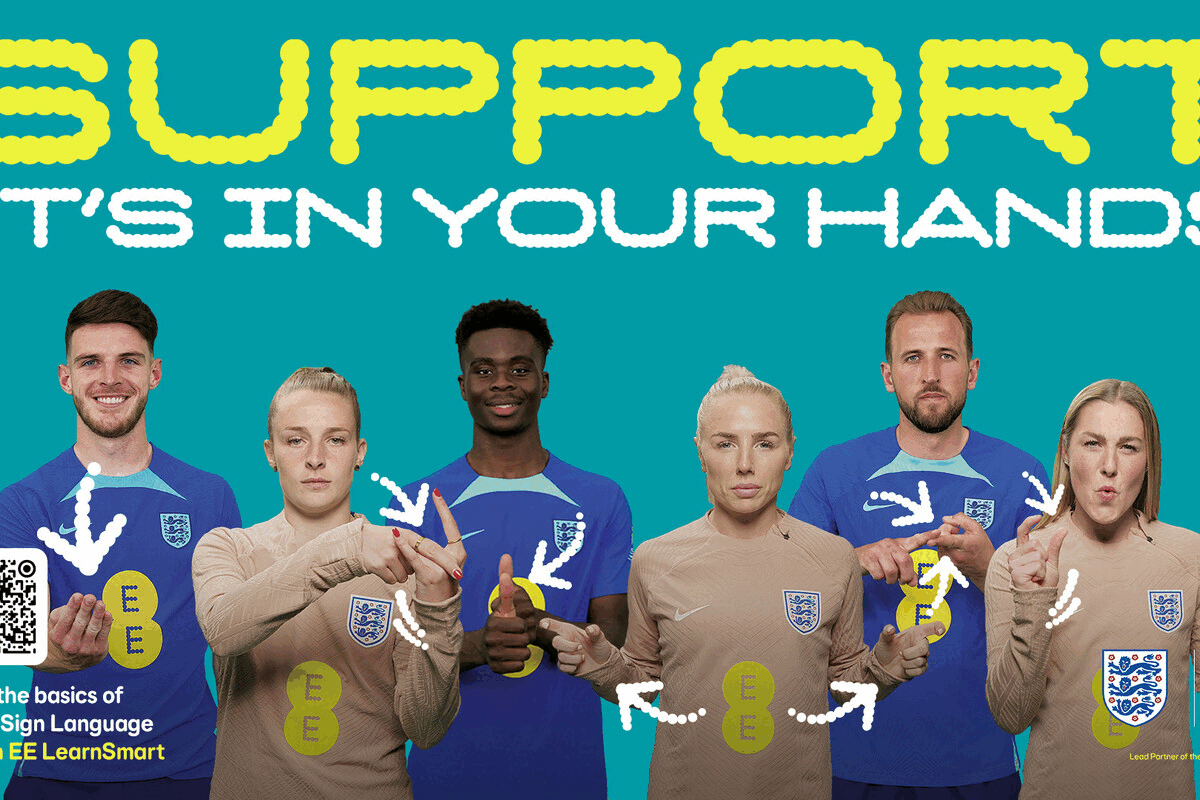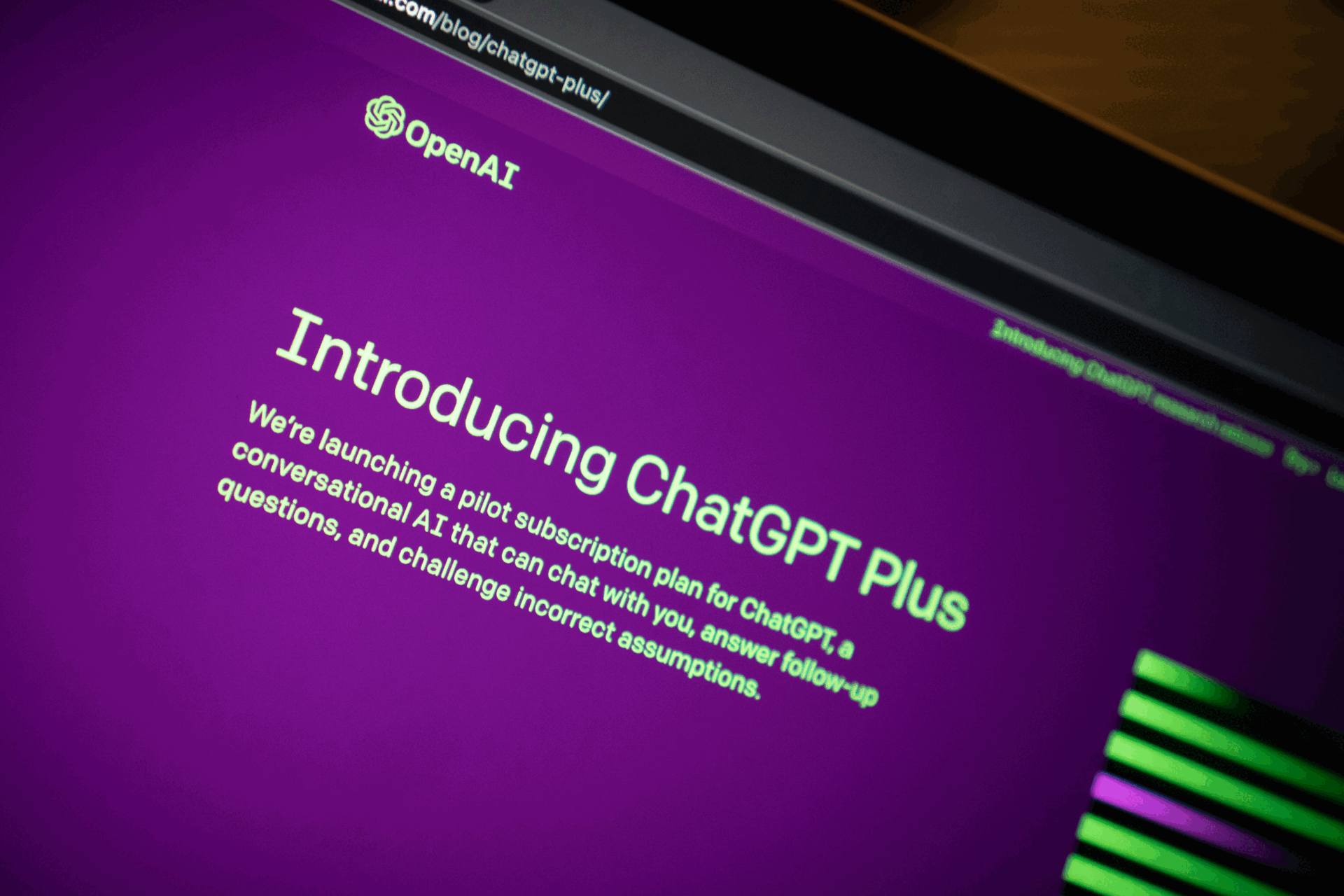 Members of the public should be able to text in to the emergency services, according to a report published today by the Institution of Engineering and Technology (IET). The report, Contacting Emergency Services in the Digital Age, sets out the case for the emergency services to keep pace with the increasing move away from landlines to smartphones, and from voice to data. It argues that in a world where smartphones, text and social media are becoming the norm, creating a new cross-platform, data-based emergency service with a standard interface for consumers should be a priority. Such a move may not only save lives but also enable calls and messages to be better filtered in order to receive more appropriate and faster responses, probably at lower cost, the IET believes.
Members of the public should be able to text in to the emergency services, according to a report published today by the Institution of Engineering and Technology (IET). The report, Contacting Emergency Services in the Digital Age, sets out the case for the emergency services to keep pace with the increasing move away from landlines to smartphones, and from voice to data. It argues that in a world where smartphones, text and social media are becoming the norm, creating a new cross-platform, data-based emergency service with a standard interface for consumers should be a priority. Such a move may not only save lives but also enable calls and messages to be better filtered in order to receive more appropriate and faster responses, probably at lower cost, the IET believes.
Launching the report at a meeting supported by the Cabinet Office, the IET is bringing together representatives from Government, the emergency services, BT, Ofcom and the mobile phone industry to agree how best to work together to bring the emergency service into the digital age.
Professor Will Stewart, chair of the IET’s Communications Policy Panel, said: “Communications has changed drastically since the ‘999’ service was designed in 1937, so there is a critical need to update the service. Ofcom figures show, for example, that 94 per cent of communications from 12-15 year olds is text-based. Given that young people are statistically more likely to be victims of crime or accidents, it is a concern that making a voice call to contact the emergency services is not something that would feel natural to them.
“A girl alone in a minicab who becomes worried about her personal safety might feel unable to make a call on her mobile phone – but could send a text or alert someone over social media. And in the case of certain crimes, such as abduction or a break-in, a silent text or app-based alarm system would be more appropriate and instinctive than the current voice-based one for everybody – irrespective of their age.
“Much of the technology we need to update our emergency service is available today. But we need a shared, cross-party strategy to create a common and user-friendly interface for all service providers to connect to – and one that the general public will be happy to use. And it’s important we do this before different parties go off and do their own thing – confronting the public with too many options and no universal emergency service.”
A data-based emergency service would allow people to text alerts via any appropriate app on a chosen easy-to-remember special number, such as 999 – and these alerts would then be passed to the human emergency operator. The main engineering challenge would be to set up priority routing of alerts to this special number in order to avoid delays at busy times. This needs to be arranged in consultation with the main mobile and app-based text providers.
The IET believes also that there is a great opportunity to improve the existing emergency service with, for example, the latest GPS technology available on smartphones. An automatic software system could scan texts and pass on any known user information, approximate handset location and any recent issues with the handset, such as if it has been reported stolen.
It could also check whether the message contains any alert keywords such as ‘SOS’, or ‘release’ use of the camera or voice recording functions on the phone to the human operator, resulting in a more accurate and rapid assessment of the level and nature of the threat involved. Some apps for smartphones are exploring even more interesting concepts, such as peer-to-peer help systems for emergencies.
Silvio Kutic, CEO at mobile messaging firm Infobip, welcomed the publication of the report. He told Mobile Marketing: “One of the major advantages of SMS over virtually any other mobile channel is that it just works. On any type of phone, from basic handsets to the latest smart devices, SMS is consistent and reliable. This makes SMS a robust platform for use in emergencies, not only for public services to broadcast information during a crisis, but also as a fall back option for users when voice or data services are down.
“A number of cities across the US have already introduced text-to-911 services, so it’s not unexpected to see other countries looking to respond to the needs of the digital age we now live in. For ease of use, this could be delivered through a mobile app. If the UK emergency services department designed an application that at the click of a button sends the user’s location and a summary of their emergency, via SMS to ensure delivery, this could make all the difference when it comes to evolving the emergency services for a new generation of users with different mobile habits.”
















